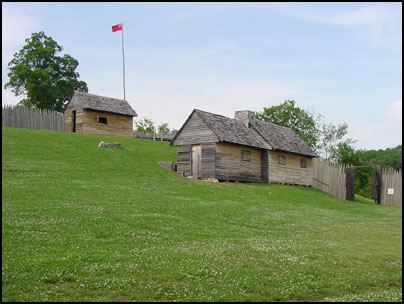 Fort Loudoun was built in 1756 by the British Colony of South Carolina during the French and Indian War. The Fort was intended to counter a growing threat by the French. However, its close proximity to several Overhill Cherokee towns, including Tanasi (the namesake for Tennessee) and Tuskegee (the birthplace of Sequoyah, inventor of the Cherokee syllabary), also helped foster an alliance between the Cherokee and the British.
Fort Loudoun was built in 1756 by the British Colony of South Carolina during the French and Indian War. The Fort was intended to counter a growing threat by the French. However, its close proximity to several Overhill Cherokee towns, including Tanasi (the namesake for Tennessee) and Tuskegee (the birthplace of Sequoyah, inventor of the Cherokee syllabary), also helped foster an alliance between the Cherokee and the British.
Unfortunately, this alliance was short-lived. A series of skirmishes between Cherokee and British settlements led to anger and revenge killings on both sides. When a group of Cherokee leaders who had travelled to Charleston to arrange peace was taken hostage and later executed at Fort Prince George in South Carolina, the Cherokee attacked.
In March of 1760, the Cherokee laid siege to Fort Loudoun. The garrison at Fort Loudoun was entirely cut off from supplies and reinforcements. On August 9, 1760, with the prospect of starvation looming, the fort’s commander, Paul Demere, asked the Cherokee for terms of surrender. The party of 180 men and 60 women and children left the fort and started the journey back to South Carolina.
However, the Cherokees gave no quarter. The next day they attacked the camp, killing most of the officers. They took the rest as captives, later ransoming them back to South Carolina and Virginia, and burned the fort.
In the 1970s, the real site of the Tuskegee village, along with several other Overhill Cherokee towns, including Tanasi and Chota, the Cherokee capital, was flooded by the creation of Lake Tellico, a Tennessee Valley Authority (TVA) project.
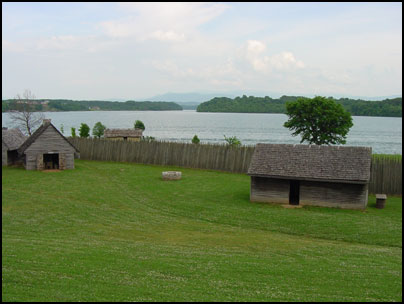
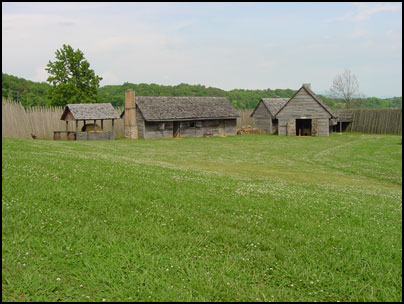
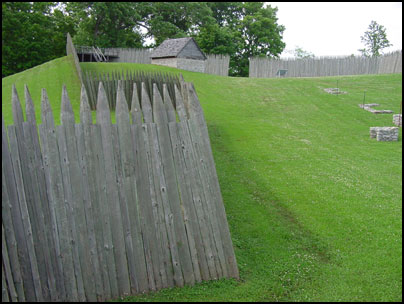
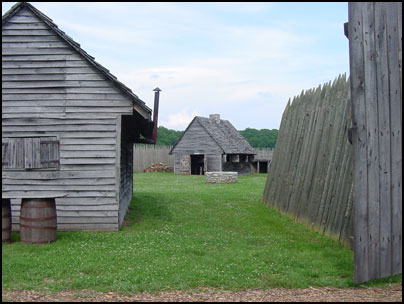
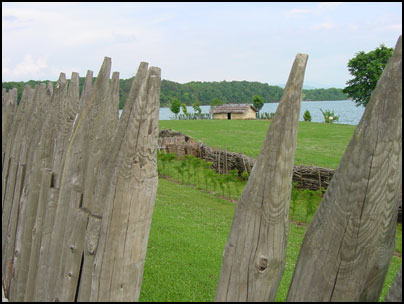
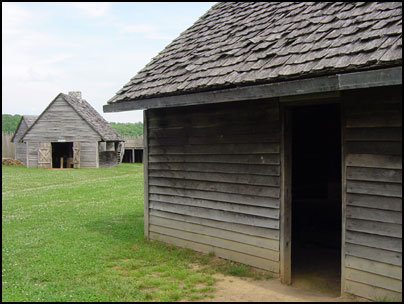
Fort Loudoun Travel Details
The park is open daily from 8:00 a.m. to sunset. Closed on Christmas day.
Directions: From Vonore travel east on highway 360. For specific directions, click the “Directions” link in the location bubble of the map above and enter your starting location on the left.
GPS & Map: 35.58571199044283,-84.21518325805664